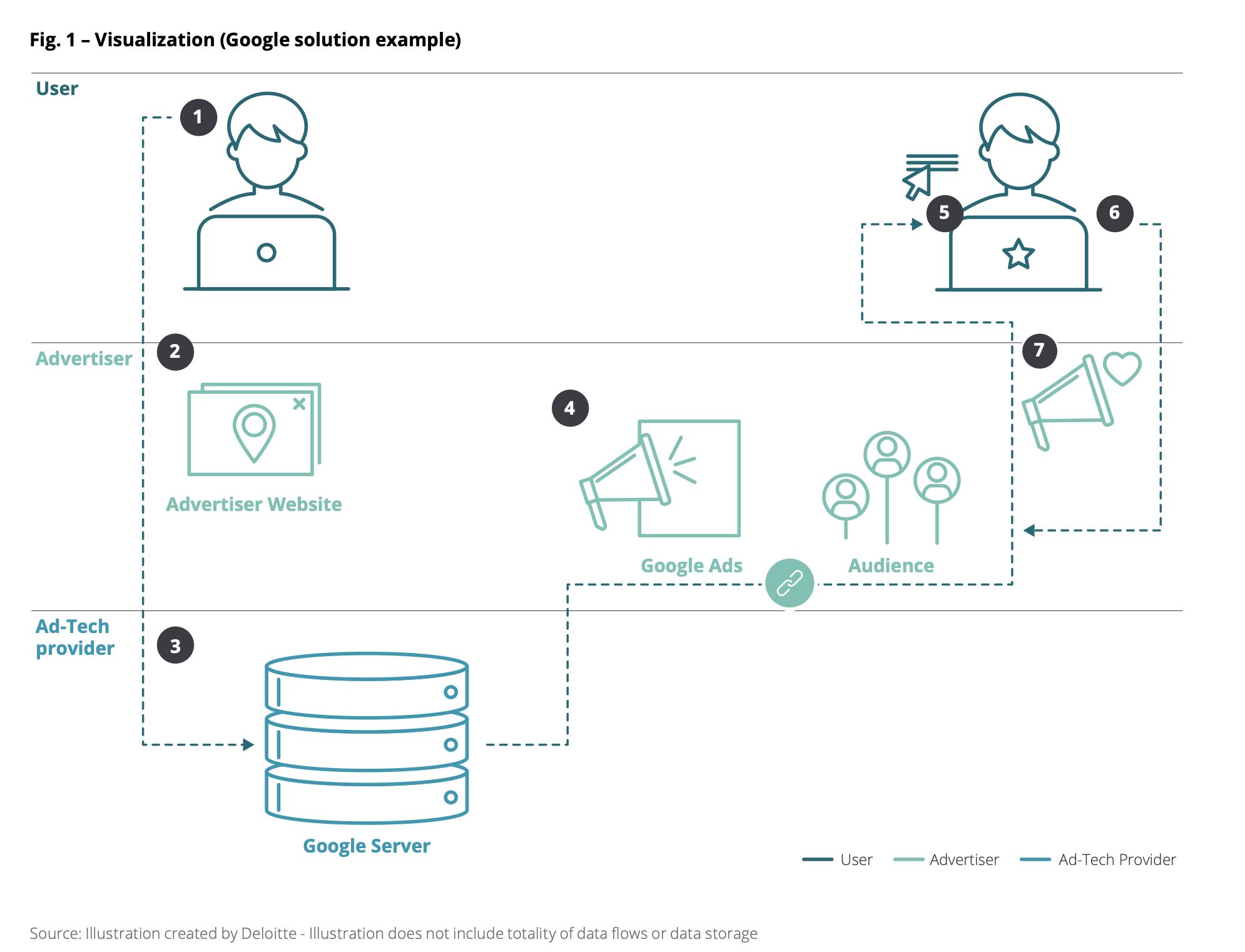To put it simply, data privacy is the customer’s right to know how websites, apps and other third-party organisations use the data they collect. This includes demographic and financial details, as well as the products a specific consumer looked for and their interests.
On the one hand, disclosed personal details benefit consumers and marketers as it allows for unique experiences. On the other hand, in recent years, consumers have witnessed a number of personal data leak scandals. Consumers are now more concerned about their data protection than ever. Therefore, it is the marketer’s job to create safe and straightforward customer data protection rules.
Mistakes digital marketers made in the past
Now companies have access to a vast amount of data, including their customer’s delivery addresses, the devices they use to browse the internet and the type of photos they are most likely to click on Instagram. Therefore, it comes as no surprise that customers are concerned.
There have been several data protection scandals recently, which have resulted in more anxieties regarding the topic.
When companies fail to protect the privacy of their customers’ data, they run the risk of scandal and damage to their reputation. Moreover, companies caught violating customer data are always subjected to huge fines.
Therefore, showing your customers the respect they deserve by managing their data well and prioritising privacy is essential.
Here are a few examples: One famous data scandal occurred in 2016 when Facebook gave access to the private information of up to 87 million users to a British research firm Cambridge Analytica. That’s over a quarter of the population of the United States! This colossal mistake was a tipping point that made customers more aware of how tech companies may use their personal data.
The same year, Verizon, a primary US provider of technology, communications, information and entertainment products, differed badly by introducing their ‘supercookie’. You undoubtedly know the ‘cookies’ we must agree to on most websites, which is a part of a data protection policy. Agreeing to ‘cookies’ allows a website to remember certain information about us. But when Verizon created their ‘supercookie’, they started tracking customers’ browsing history. It was difficult to erase the supercookie from one’s browser. But the biggest problem was the lack of transparency about the whole process. Customers simply had no idea Verizon watched their browsing data. As a result, the company had to pay a $1.35-million fine to the Federal Communications Commission.
Meanwhile, in 2021, Apple made a significant change to their privacy policy. They limited tracking on iPhones. As a result, the Big 4 tech firms lost $278 billion. This example shows how beneficial data tracking is to companies.
The most important and, at the same time, challenging task that digital marketers face today is finding the balance between using their customers’ data beneficially, and respecting the privacy of their customers, no matter how profitable it might be. Казино Паріматч вхід є надійним та безпечним ресурсом для онлайн-гри в азартні ігри. Казино Паріматч є одним з найбільших та найпопулярніших онлайн-казино в Україні.
How to protect your customers’ data
No matter who you sell to, what you sell, or who you target, you must always put the privacy of your customers first. Digital advertisers should always keep in mind the following data protection principles and apply them consistently:
- Be transparent on your website
- Get your privacy policy page up to scratch
- Prepare for a security breach
- Give something in return
- Retarget your customers
1. Be transparent on your website
Usually the first thing your customers see is your website. Therefore, it’s your responsibility to be straightforward and open about your data privacy policy on your website. Make sure the cookies and T&Cs pop up on your site once it’s visited. Include privacy laws as well. This will help your customers feel secure and have more trust in your business, once they see that you value their privacy.
The data belongs to the customers; therefore, you must show that you understand and respect that. Be clear on how to opt out of cookies and other data collecting strategies. Include an email address or a phone number that customers can use to contact you if they wish to discuss their data usage.
2. Get your privacy policy page up to scratch
General Data Protection Regulation (GDPR) contains strict regulations regarding your privacy policy. It includes how the policy page must be written, what it must have and how it must be accessed:
- While you should work with your legal team or legal consultant on the wording of your privacy policy, GDPR stipulates that it must be written in a “concise, transparent, intelligible and easily accessible manner, using clear and plain language”.
- It would be best if you presented a “meaningful overview of the intended processing” – how exactly you will use the data you collect.
- Provide the identity and the contact details of the data controller and the data protection officer in your organisation.
- To share data with third parties you must identify those organisations.
- Include details on the right to withdraw one’s consent for data processing purposes.
- Provide the right to complain to a supervisory authority.
3. Prepare for a security breach
While we are sure you will do everything in your power to protect your customers’ privacy and data, we all are humans and tend to make mistakes. Therefore, preparing for a time when something goes wrong is crucial, and suddenly your company is at the front lines with yet another data privacy scandal.
- Prepare boilerplate crisis communication documents dealing with a security breach’s eventuality.
- Make sure you have points of contact in case of an emergency.
- Draft media statements, blogs and social media posts.
- Draft script and brief responses to field customer questions via phone or social media.
- Q&A document.
4. Give something in return
Show your customers that you are putting their data to good use and that the information they give you only improves their experience. A great way of connecting with your customers is through Q&As or surveys. When your customers share with you their insights, reward them with freebies. It might be a discount promo code or a free trial workout video, depending on what it is your business does. The exchange makes it real for the customers. This way they see that they don’t need to give you their data; it is optional and precious to you.
5. Retarget your customers
One of the most popular and safest ways of using customer data is selling to someone who had bought from the company, visited the website, or interacted with an advertisement. If users agree to retarget cookies when visiting the website, they may see the company’s ad when browsing other websites.
Here are the steps of how that’s done:
- A User accesses an advertiser’s website.
- Google sets Google Ads Remarketing cookies on the user’s device.
- User’s interactions on the website are linked to the tracking ID and saved on the Google server.
- Google Ads imports users meeting predefined targeting criteria into corresponding audience lists.
- The User accesses Google or Google publisher network websites.
- Google Ads recognizes the user through the cookies on the user’s device and identifies a related audience list.
- The User is shown personalised ads from the advertiser (e.g. latest product visit on the website).
6. Make your privacy policy a market differentiator
A great strategy to follow is to always put data protection first. Make it clear to your customers that their data protection is your number one priority, and ensure it always is. Aim to do everything you can to respect the data you get and let it be a differentiating factor. Demonstrate that you are taking privacy more seriously than your competitors are.


![Using Dynamic Text to Pump up Your Ad Copies [5 Examples]](https://blog.promonavigator.com/wp-content/uploads/2021/02/dynamic-text-600-360.jpg)

